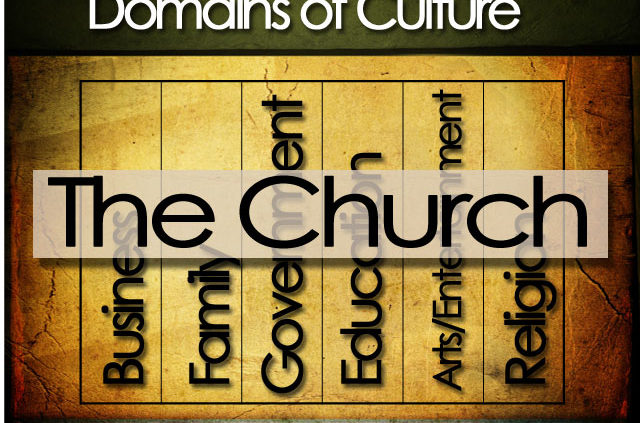Christ and Culture
Christ and Culture
In the last post, we began a discussion of how to preach to a culture that either ignores Christ or, worse, is hostile to him. We continue today talking about how Christians should view Christ and culture and especially so in preaching. I find this quote from British Eagelton, a British theorist, to be very descriptive of the culture here in the US. He said that, “societies become secular not when they dispense with religion altogether, but when they are not longer especially agitated by it.” (Culture and the Death of God, p. 1) Those of us in the United States who look back just a couple of decades see the dis-influencing of the Christian Church. Most of the rest of you live in cultures where the Church is either marginalized or even attacked.
So the question is: How do you preach Christ in a world like we live in? Hang on. This blog is usually focused on the very practical aspects of preaching. Today, however, we’re going to take a dip into the philosophical a bit.
Richard Niebuhr

Richard Niebuhr
Back in 1951, philosopher Richard Niebuhr published a book that has become a classic with this title: Christ and Culture. He suggested several different ways that Christians could relate to their culture. Here’s a quick summary. (for a more complete summary go to this link)
Christ Against Culture
Those who interact with the culture in this way look at culture as evil. The task of the Christian preacher then, is to preach against the unchristian nature of the society around him/her. Christians with this view tend to withdraw from society as much as possible, and shoot arrows out at all the things offensive in the world.
The Christ of Culture
Another way to look at Christ and Culture is to see all the good things in culture, and to see Jesus as the fulfillment of all the best of culture. These Christians see a harmony between Jesus and the culture.
A preacher in this environment, then, preaches positively about how Christ is the source of the good that is visible in the world around us.
Christ Above Culture
Here’s how the summary linked above describes this view of how Christ relates to culture:
Niebuhr explains saying that God created man as a social being and it is impossible for society to function without direction from God. The Church, therefore, while functioning for a spiritual purpose, has also an earthly purpose of being guardian/custodian of that divine law (136), and in that sense serves the world.
So, preachers who have this view would preach that we are to be involved in the world. We are the salt, the preservative of the world.
Christ the Transformer of Culture

Christ Transforms Culture
In this understanding of Christ and culture the emphasis is on the culture being deeply impacted by sin. It, like everything in the world, is twisted as a result of the Fall. Therefore, the preacher encourages the people of God to work to bring about change within the culture. We are to call for and work toward the building of Christ’s Kingdom here on earth until he comes again to create a new heaven and earth.
It is this last kind of relationship that Niebuhr believes is the most right of the ones of them, though all of the views have value.
So What?
I read one study recently where a person commissioned several pastors in very different cultural settings: urban, rural, suburban, mixed-race, ghetto, ethnic minority, etc., to preach a sermon on the same passage. Her conclusion? Culture affects how we preach. But we get to decide how impacts the messages we bring. How do you view culture? How do you relate Christ and Culture in your messages.
In the next post I’m going to suggest an important value and priority to have when we approach sermons about the world that we live in, as well as the character of the Church that we project.




Leave a Reply
Want to join the discussion?Feel free to contribute!